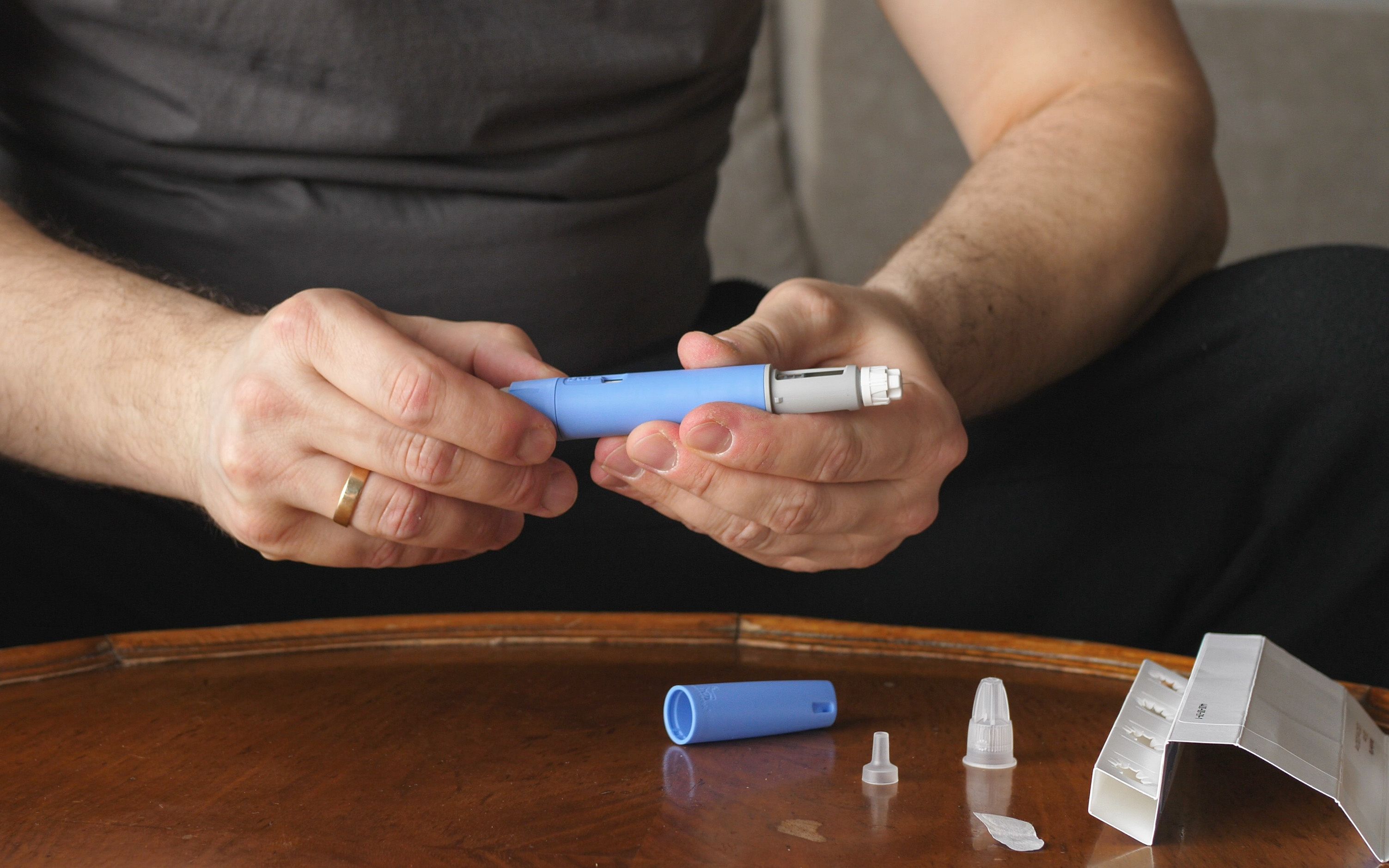- Case-Based Roundtable
- General Dermatology
- Eczema
- Chronic Hand Eczema
- Alopecia
- Aesthetics
- Vitiligo
- COVID-19
- Actinic Keratosis
- Precision Medicine and Biologics
- Rare Disease
- Wound Care
- Rosacea
- Psoriasis
- Psoriatic Arthritis
- Atopic Dermatitis
- Melasma
- NP and PA
- Skin Cancer
- Hidradenitis Suppurativa
- Drug Watch
- Pigmentary Disorders
- Acne
- Pediatric Dermatology
- Practice Management
- Prurigo Nodularis
- Buy-and-Bill
Article
New derm surgery products stand out
Burlington, Vt. — The continually expanding array of new products for dermatologic surgeons includes several modalities that are particularly noteworthy because of their potential for enhancing efficacy and/or safety, says Glenn D. Goldman, M.D.
Burlington, Vt. - The continually expanding array of new products for dermatologic surgeons includes several modalities that are particularly noteworthy because of their potential for enhancing efficacy and/or safety, says Glenn D. Goldman, M.D.
Some new technology, he says, is endovenous ablation techniques, fractional resurfacing and automatic external defibrillators.
"Dermatologic surgeons see a number of new products introduced each year, especially new lasers, intense pulsed-light sources, microdermabrasion systems, fillers and liposuction instrumentation. However, there are some new technologies for treating lower extremity venous disease, photodamage and patients in ventricular fibrillation cardiac arrest that are interesting because they are conceptually novel and show promise to have a significant clinical impact," says Dr. Goldman, associate professor of dermatology, University of Vermont College of Medicine, Burlington.
The new treatments for leg varicosities are intended for eliminating saphenofemoral reflux and include both radiofrequency-based and laser technologies. Endovenous radiofrequency thermal ablation (VNUS) became available in 1999. It is performed under local tumescent anesthesia and involves insertion of a disposable catheter into the saphenous vein that is then threaded up to the saphenofemoral junction. As the catheter is slowly withdrawn, its radiofrequency-heated tip causes thermal damage to the vein that leads to vessel collapse and ablation of saphenofemoral reflux in well over 90 percent of cases.
"Traditional surgical techniques were successful for treating this problem, but associated with morbidity, prolonged recovery, and a risk for stasis changes," Dr. Goldman says. "This approach is less invasive, allows for rapid return to normal activities and has been associated with good long-term outcomes."
Endovenous lasers are even newer and appear to be associated with even higher occlusion rates, although the ease of the procedure, the recovery period and risks vary depending on the laser used. The first laser introduced for endovenous treatment was an 810 nm diode laser (EVLT). It causes vein collapse primarily by heating intravascular red blood cells, and was shown to be associated with 96 percent occlusion of the saphenous vein after nine months.
Subsequently, a 1320 nm diode laser (CoolTouch EV, CoolTouch Inc.) that has received U.S. Food and Drug Administration (FDA) approval offers potentially greater efficacy and safety because it causes more specific heating of collagen in the vessel wall and features an automated catheter pullback to assure uniform treatment.
In addition, it is marketed with a reusable fiber that lasts for five treatments and makes the procedure more economical. In initial clinical studies, this technology has been associated with a 100 percent closure rate. Additional studies are now under way.
"The 1320 nm laser treatment seems to have several advantages, but only time will tell which of these endovenous procedures becomes the method of choice. Nevertheless, I expect that they will likely replace ligature and vein stripping as the preferred technique for treating saphenofemoral reflux," Dr. Goldman says.
Latest resurfacing innovation
Fractional resurfacing using a 1550 nm laser (Fraxel) is a new approach to skin resurfacing that is yielding promising results as a minimal morbidity alternative to the CO2 or erbium:YAG lasers for treating photodamage and fine wrinkles. In fractional resurfacing, the handpiece is held in direct contact with the skin to produce columns of injury (60 to 100 microns in diameter) that are interspersed among areas of spared tissue (150 to 200 microns). As a result, only about 15 percent of the skin is treated at a session.
The procedure is well-tolerated under topical anesthesia, and post-treatment healing is essentially painless and very rapid - patients can return to work that day or the next. However, to achieve the desired outcome, the procedure needs to be performed in a series of four or more weekly or biweekly sessions.
"Due to concerns about treatment-related pain, prolonged healing and complications, enthusiasm for resurfacing with the CO2 and erbium:YAG lasers has waned, and many dermatologic surgeons believe nonablative procedures yield results that are modest at best," Dr. Goldman says. "Early reports on fractional resurfacing are encouraging, but we will have to wait and see. No studies have been published to date, and we look forward to such data before this new procedure can be recommended wholeheartedly."





